A new biomarker test successfully predicted the early onset of knee osteoarthritis years ahead of noticeable signs.
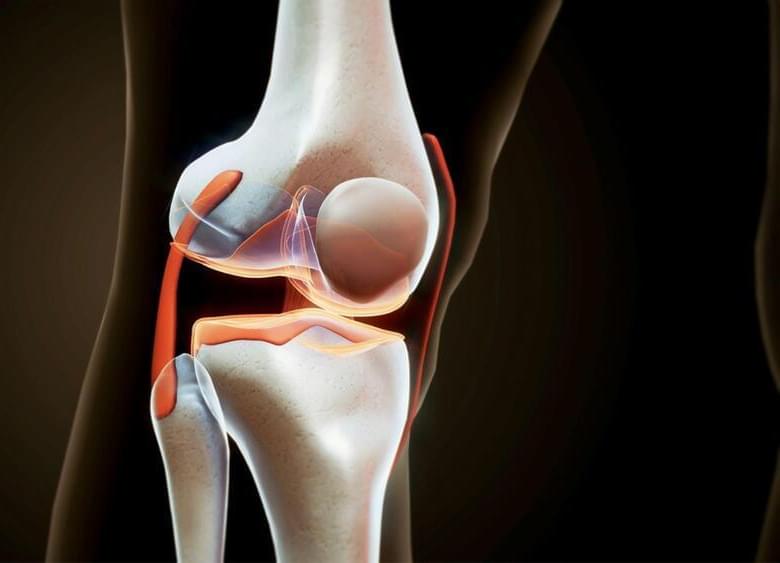

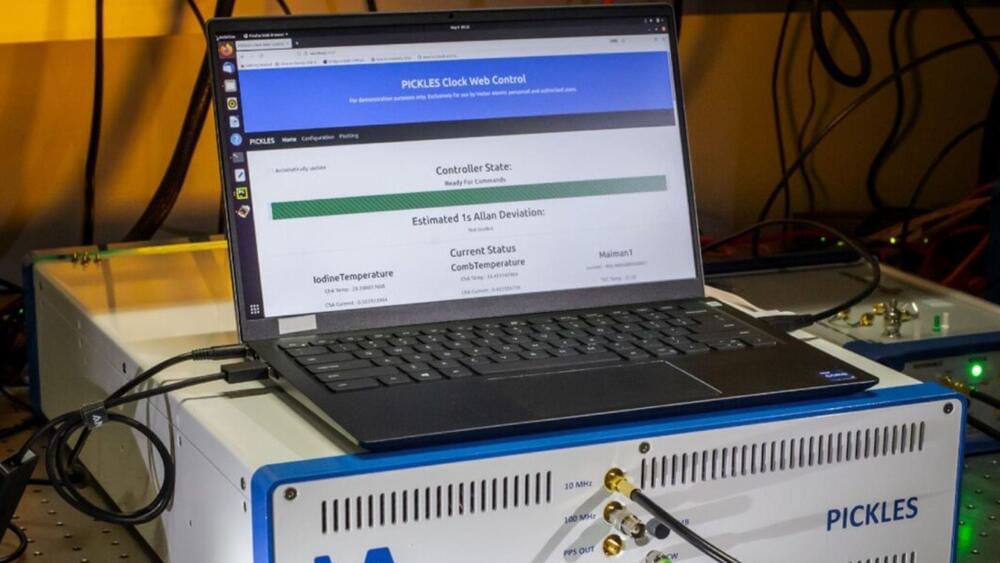
Researchers at Vector Atomic have developed a revolutionary new atomic clock that boasts both exceptional precision and remarkable portability. Unlike its bulky lab-bound predecessors, this innovative clock utilizes oscillating iodine molecules and is remarkably compact, roughly the size of three shoeboxes and weighing only 26 kilograms. This makes it a perfect fit for deployment on virtually any ship.
The true marvel lies in the clock’s accuracy. Vector Atomic claims it surpasses the performance of existing shipboard clocks by a staggering 1,000 times. This translates to significantly improved positioning capabilities, potentially reducing errors to mere centimeters.
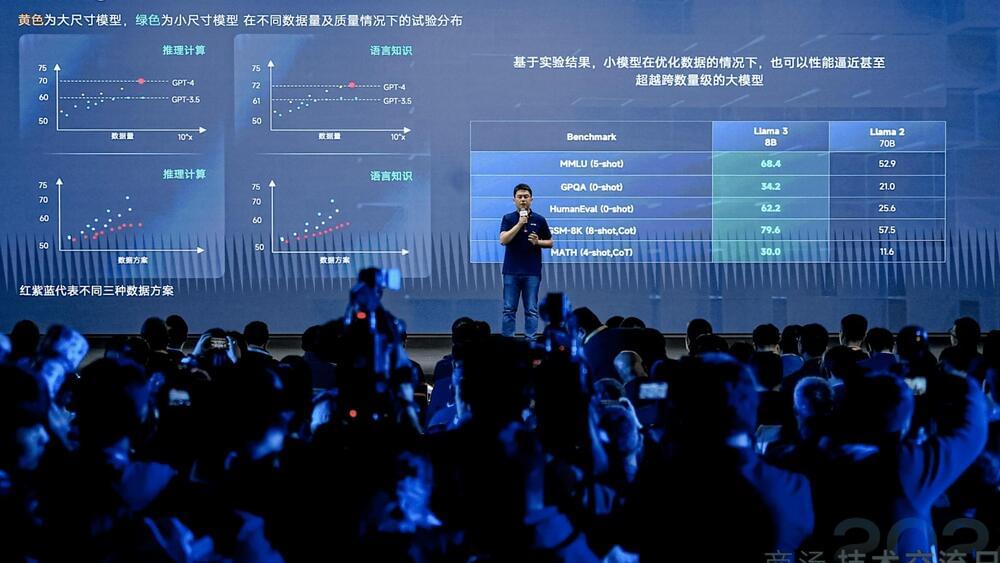
This new generative AI model represents a significant advancement in the realm of AI. The model functions as a hybrid, integrating both transformer and recurrent neural network architectures. Additionally, it has been trained on a diverse dataset of over 10 billion tokens from multiple languages and sources.
PR Newswire reported that SenseNova 5.0 underwent over 10TB of token training, covering a large amount of synthetic data.
A Slovakian aviation firm has completed the world’s first passenger flight with a flying car.
Klein Vision achieved this milestone with its AirCar, which carried French electronic musician Jean-Michel Jarre as a passenger. The test was held on an airport runway in Slovakia.
In a video put out by the firm, the winged sportscar is seen zooming down the runway on four wheels before all of a sudden becoming airborne and ascending into the sky. A few minutes in, it lands back safely with Jaree and a pilot aboard.
The world’s first artificial energy island is being built off the coast of Belgium and will serve as future interconnector between countries as well.
Traditional AUVs rely on thrusters or pumps to adjust depth, which consumes considerable energy and generates noise. Team BayMax’s design replaces this system with a BCD that employs reversible hydrogen fuel cells. By splitting water into hydrogen and oxygen gases, the BCD can precisely control the ROV’s buoyancy, mimicking the swim bladders found in fish.
This approach offers many advantages. “The cool thing about this for us is that it’s cutting-edge technology,” remarked Bare. We’re the first to implement it in a device with such comprehensive controls, making it truly groundbreaking.”
Professor Ghorbel echoed Bare’s enthusiasm, highlighting the technology’s vast potential. “This highly energy-efficient and silent system has applications beyond AUVs,” he explained. “It holds promise for material intelligence, wearable assistive devices, and even adaptive robotic garments.”
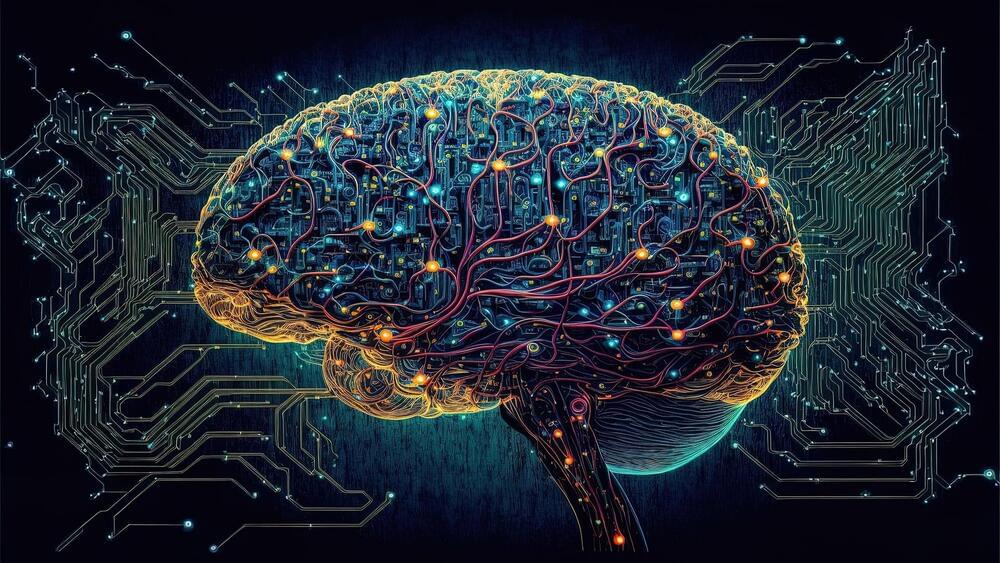
Iontronic neuromorphic computing has only recently broken ground but is developing at a rapid pace. A computer better than the ones living organisms already have (brain) just doesn’t exist.
This idea does spin the mind into theoretical territory around the future of AI and even consciousness.
That aside, the study published around the artificial synapse marks a significant step forward for the future of computers.
If you do the math, it means CATL is offering an impressive charging rate of roughly 1 km/sec in a 10 minute quick charge.
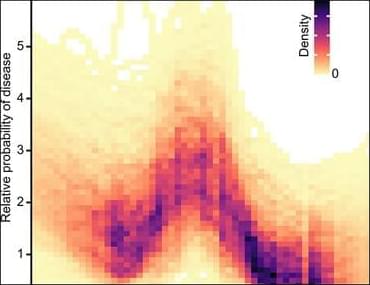
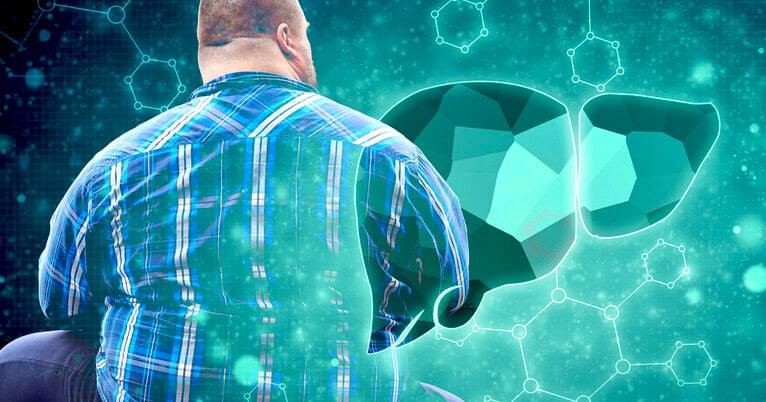
In a new study, a Yale Pathology team has identified a possible therapeutic target for treating obesity-induced liver cancer.
Researchers say inhibiting a molecule called fatty acid binding protein 5 (FABP5) could block tumor progression in many cases:
Inhibiting a certain protein in mice reduced obesity-induced liver tumor development, Yale researchers found. It could reveal a future treatment route.